When it comes to kitchen countertops, there are a lot of choices to make. Do you want quartz, granite, or marble countertops? These countertop materials are all popular options among designers, but concrete countertops are gaining popularity.
There are many reasons why countertops concrete should be your choice for your kitchen renovation.
In this blog post, we will discuss ten reasons you should consider a concrete counter for your home and a little how-to section to ensure you know what to expect when choosing these countertops.
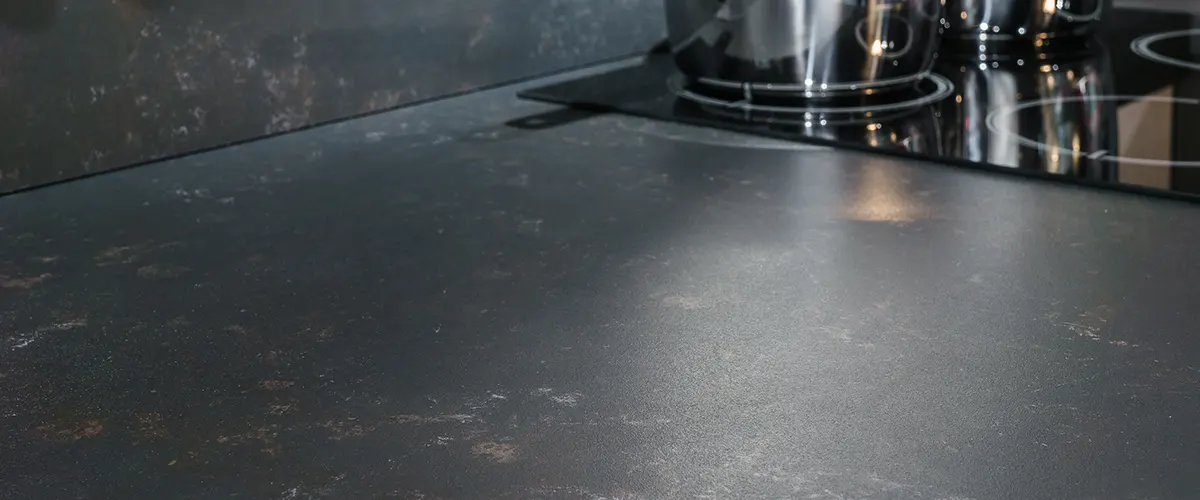
The benefits of choosing a concrete countertop
- They are unique and can be customized to match any design style.
- They are durable and long-lasting, making them an excellent investment.
- They are heat resistant, making them ideal for a kitchen island.
- They are easy to clean and maintain.
- You can match them with an industrial feel kitchen that has a concrete floor.
- Perfect for blending in with butcher block countertops for a rustic feel.
7 reasons to choose concrete countertops for your kitchen
1. Allows you to get creative with your kitchen design
A concrete countertop offers flexibility and creative potential that are unmatched by other materials. This is because concrete can be molded into any shape or design you can imagine. You can even add decorative aggregates like shells, glass, stones, and metals to create a unique kitchen.
When it comes to other materials, you are limited to the available shapes and designs.
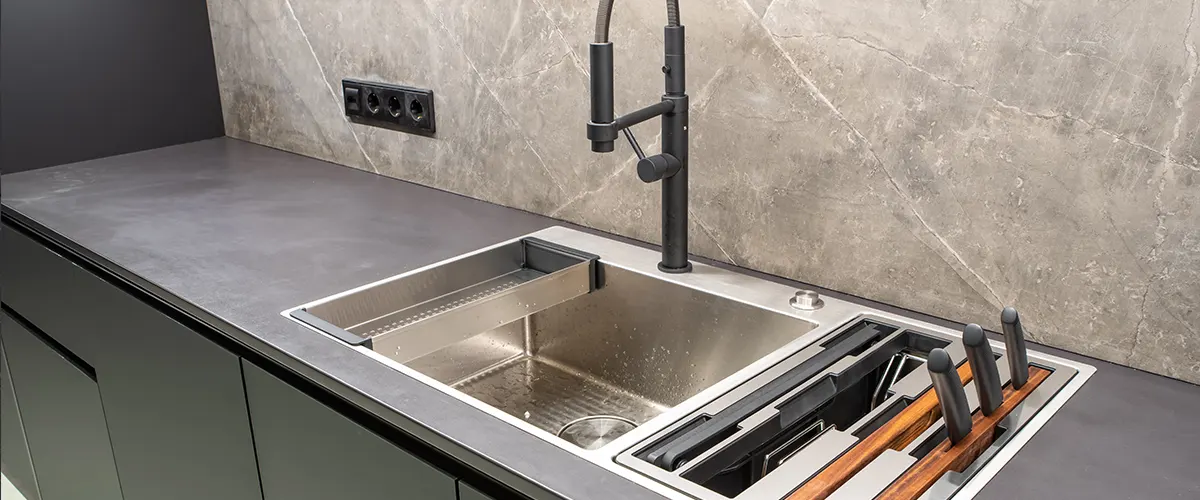
2. Perfect for any kitchen size and style
Even if experts claim that concrete countertops belong to a modern style kitchen, the versatility of concrete allows designers to get creative with more traditional styles as well.
For example, a countertop made from concrete can be stained or painted to match the cabinet base in a farmhouse kitchen. Or, you can stamp it with a traditional pattern like slate or marble to match your cutting boards.
3. They bring elegance to both high end and affordable kitchens
People generally respond well to something real and massive yet artfully sculpted, a countertop made from concrete could be the perfect choice for your kitchen. It is both unique and affordable, and it will add value to your home.
Concrete countertops are also a good choice for high-end kitchens. Because you can customize them to any size or shape, creating a one-of-a-kind kitchen that will make your home stand out from the rest.
4. A concrete countertop requires little maintenance
Concrete countertops are very easy to take care of. In most cases, all you need to do is wipe them down with a damp cloth. If they get stained, you can use a mild soap and water solution to clean them.
Also, unlike other materials, concrete countertops are not susceptible to heat damage. You can place hot pans on them without worrying about damaging the countertop.
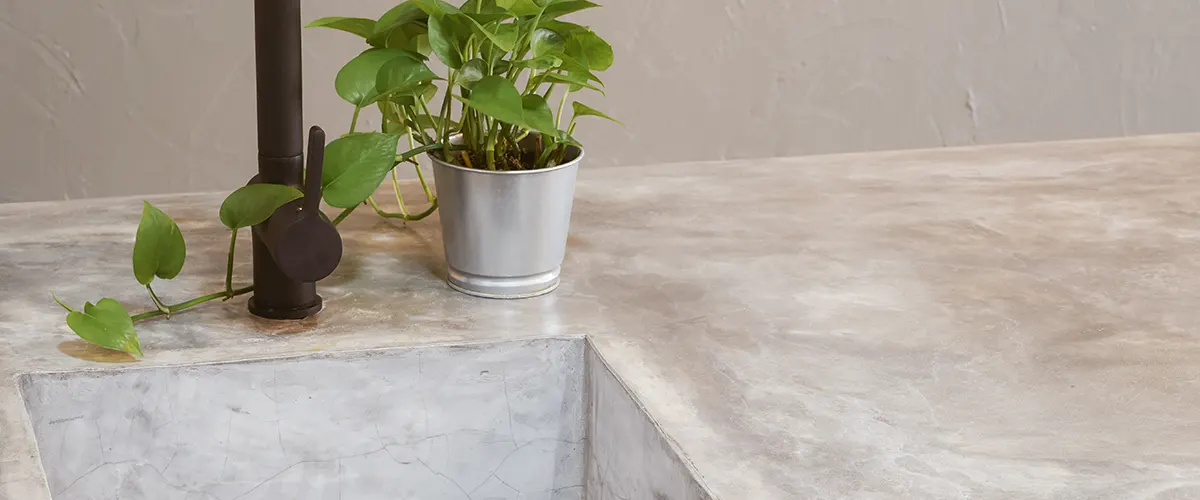
5. Sealant makes countertops durable
You want your countertops to last for as long as possible and that is why you make sure they are properly sealed. There are two sealant options you can choose—the acrylic-based sealant and a topical, spray-on sealer that must cure.
The acrylic-based sealant is the more affordable option, but it needs to be reapplied every few years. The spray-on sealer is more expensive, but it lasts longer if applied in a thin layer. It does not need to be reapplied as often, and it provides better protection against staining and scratches. The best part about concrete counter tops is that they don’t need to regularly reapply sealer.
6. Concrete mix varies, so you get unique designs
The mix used to make concrete countertops varies from one manufacturer to another. This means that each countertop is unique. You can find countertops that have a rough finish or a smooth finish.
You can also find countertops that are made with recycled materials. This makes them more eco-friendly, and they often cost less than countertops made with new materials.
7. Easy for DIY, but we recommend a professional
If you are a DIYer, you will be happy to know that concrete countertops are easy to install. In most cases, all you need is a screwdriver and a hammer. However, we recommend that you hire a professional to install your countertops.
This is because concrete countertops are very heavy, and they need to be installed correctly to look their best. Installing countertops is not difficult, but it is best left to professionals.
Hiring a professional will also ensure that your countertops are installed quickly and without problems.
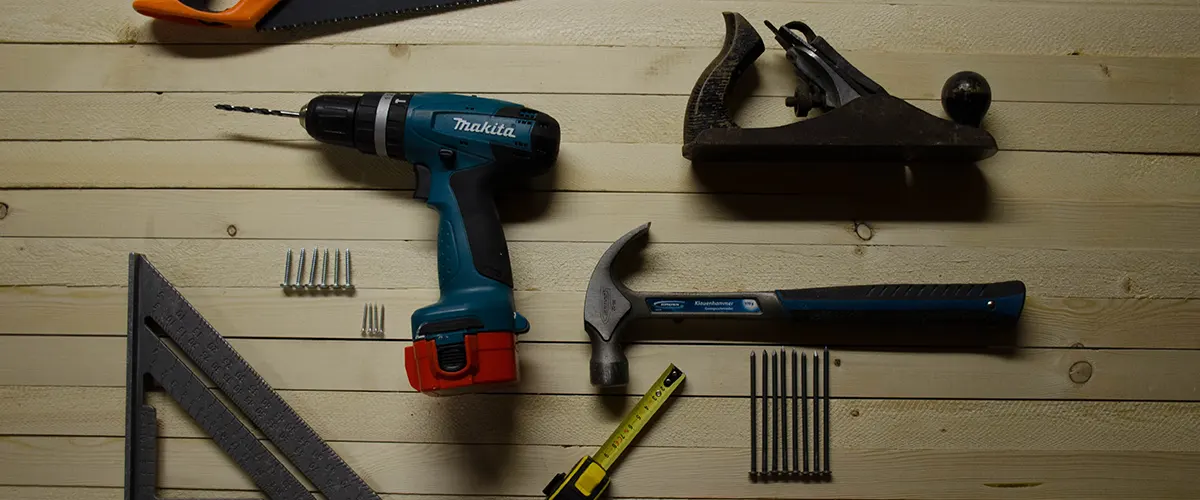
How to create your own concrete countertop
- Choose the right concrete mix - there are many different types of concrete, so be sure to choose the right one for your cement counters.
- Use forms to create the shape of your countertop.
- Create a smooth finish by using a trowel or float.
- Seal your countertops to protect them from stains and scratches.
6 steps to get concrete uniqueness into your kitchen
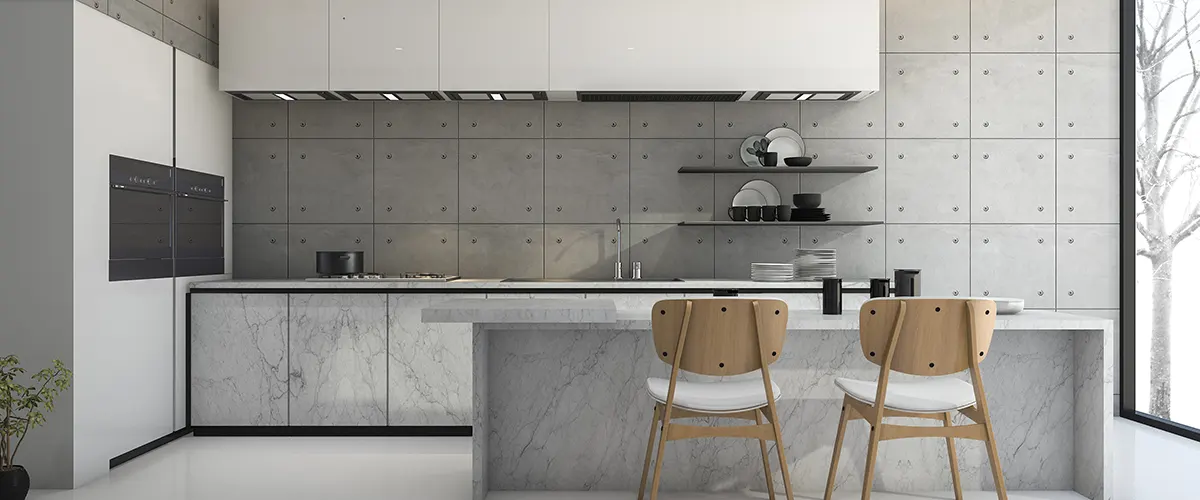
1. Create a plan and gather your materials
- Melamine boards for both sides of the form
- Sturdy and level sawhorses to build on
- 3/8 inch rebar for inner support
- Remesh
- Wire for attaching the rebar and mesh to the form
- Screws for building the form
- Drill
- Saw(s), circular hand saw, and table saw to cut the form sides.
- Silicone caulk in color easily be seen on your melamine
- Concrete tools like floats and trowels
- Long screed board
- Hacksaw, bolt cutter, or wire cutters for cutting your rebar, remesh, and hanging wire
- Rubbing alcohol
- Concrete
- Pigment of choice
- Concrete mixer
Building a test form is a great way to ensure you’re confident in your abilities before starting the actual concrete countertop. Plus, it’s a great way to test out different techniques and determine what will work best for you. All you need is a piece of wood that is the same size as your concrete countertop and some sturdy clamps to hold it in place.
Measure the countertop you want to replace and mark it out on the Melamine sheet using a pencil. Once you have drawn the countertop shape, use a saw to cut along the lines. Be sure to use a straight edge as a guide for your cuts and create that smooth surface.
2. Create the form
After you have measured and marked out your countertop on the melamine, it’s time to set the sides. Cut two pieces of melamine that are the same size as your countertop using a circular hand saw, or table saw. You will also need to cut four elements that are 2-3 inches taller than your countertop using the same method. These pieces will be used for the sides of your entire form.
To create the form, start attaching the two side pieces to the countertop piece using screws and silicone caulk. Use a drill to make pilot holes for the screws, and apply a generous amount of silicone caulk to ensure that the form is watertight.
3. Seal and clean the form
4. The inner reinforcement
Setting the reinforcement grid is one of the longest and most essential steps in creating a concrete countertop. The grid will help to distribute the weight of the countertop evenly, and will also help to prevent cracking.
To set the reinforcement grid, you’ll need some 3/8 inch rebar and wire. Cut the rebar into pieces that are the same length as the concrete countertop, and then attach them to the wire using a bolt cutter or wire cutters. Be sure to leave enough slack in the wire so that you can easily attach it to the form.
Once the reinforcement grid is complete, place it inside the form and secure it with screws. Be sure to use a drill to make pilot holes for the screws.
You will also need to attach some wire to the sides of the form so that you can hang the reinforcement grid in place. Cut a length of wire that is twice as long as the countertop, and then attach it to the form using screws. Be sure to leave enough slack in the wire so that you can easily attach the grid.
5. Pour and set the concrete
Now it’s time to mix the concrete. You’ll need to use a mixer, and you may want to add pigment to the concrete to create a color that compliments your countertop. Be sure to follow the manufacturer’s instructions for mixing the wet concrete.
Once the concrete is mixed, pour it into the form and use a long screed board to level it off. Be sure to work from the center of the countertop outwards so that you don’t create any air pockets.
After the concrete is poured, use a float to smooth it out. Be sure to work from the center of the countertop outwards so that you don’t create any air bubbles.
Once the surface is smooth, use a trowel to create a design. You can also use stamps or stencils to create textures and patterns.
Let the countertop set for 24 hours, and then remove the form. Be sure to wear gloves when you do this so that you don’t damage the countertop.
6. Seal and protect
To finish the countertop, use a wet saw to cut any excess concrete off of the sides. Be sure to wear gloves and a dust mask when you do this.
After the countertop is trimmed, use a sander to smooth out any rough edges. Be sure to wear gloves and a dust mask when you do this.
Finally, apply a sealer to the countertop to protect it from stains and scratches. Be sure to follow the manufacturer’s instructions for applying the sealer.
The cost of concrete countertops
Concrete countertops can be expensive to install, but they are generally no more expensive than granite or marble. The cost difference comes from the size of your countertops, the creativity of your interior designer or contractor, and the transportation and installation of the finished product.
On average concrete countertops cost around $65 per square foot. If you want a more exciting design with a touch of an artisan’s expertise, expect a cost of 135 per square foot.

Conclusion
Concrete countertops are a great way to add style and personality to your kitchen. With so many design possibilities, concrete countertops offer a level of customization that other materials simply cannot provide. If you’re looking for a truly unique countertop, concrete is an excellent option.
When deciding if concrete countertops are right for your kitchen, be sure to consider the cost, the design possibilities, and the level of customization that you desire. For more design inspiration, you can always check out NKBA’s website or if you need the help of a professional, we’re here for you!
If you decide that your kitchen needs a full renovation, City & Country team is here to help. We specialize in kitchen countertop installation, so you can be sure that your countertops will be installed correctly and look great. Schedule a consultation today to get started on your kitchen remodel. We look forward to working with you!
